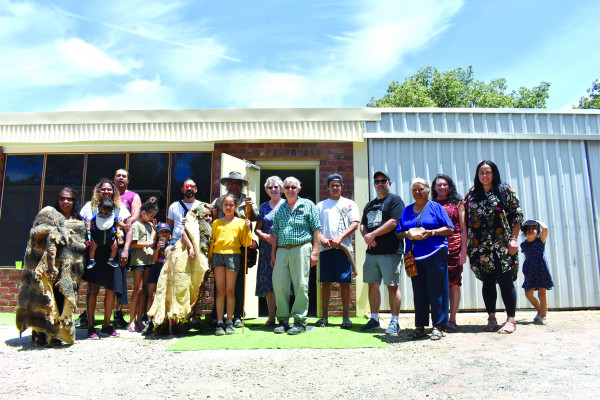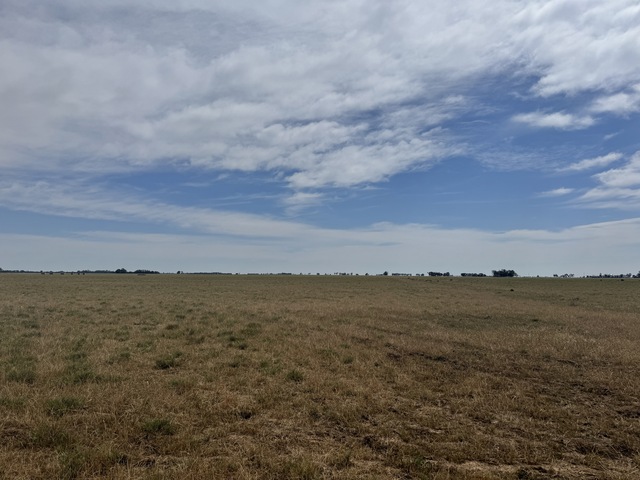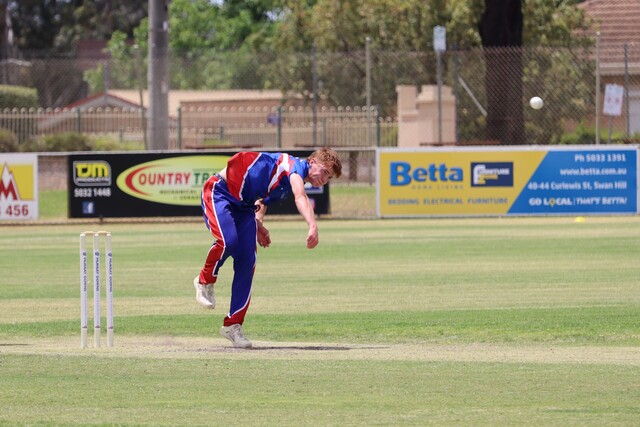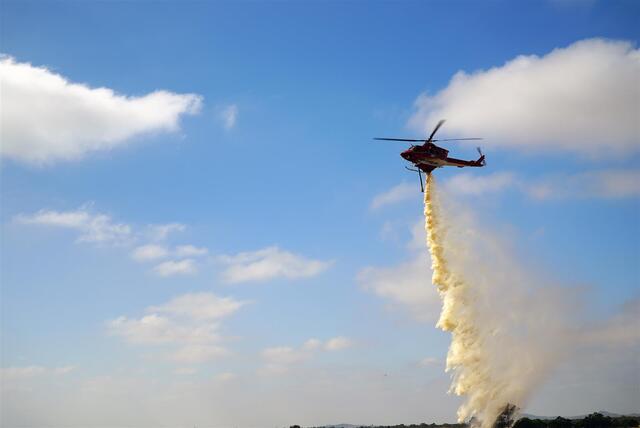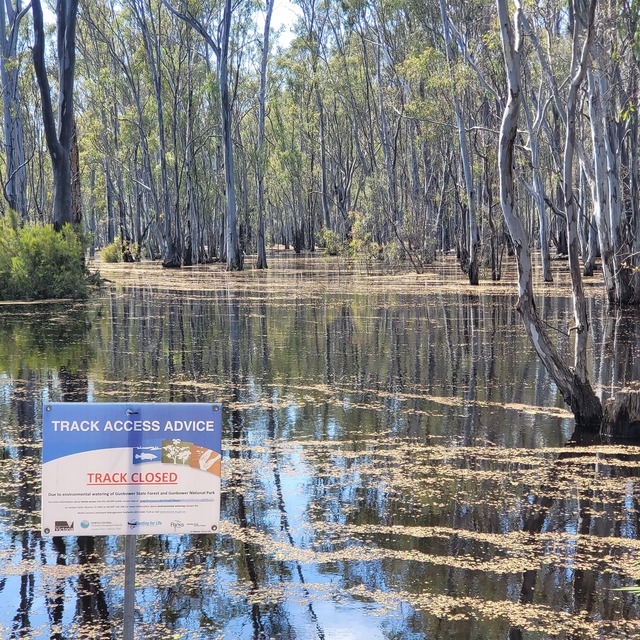BOORT’S indigenous history has been highlighted by the opening of a “keeping place” for Aboriginal artefacts, just outside the town.
A small display room built by Paul and Cathie Haw to house hundreds of items from the district was opened at their property on Saturday.
Mr Haw best described the space as a temporary solution, given a failure so far to win support for a properly-funded facility at Boort.
The keeping place was officially opened by Gary Murray from the Yong Balug clan of the Dja Dja Wurrung people.
Mr Murray described the facility as a starting point.
“We want that [cultural] centre here – the most culturally significant scar tree place in the world,” Mr Murray said.
His daughter, Ngarra Murray also spoke about the clan’s desire for “an Aboriginal cultural interpretive centre” in Boort.
In the meantime, she was glad the artefacts would “stay on this country”, with the keeping place providing an opportunity for children to learn about the area’s Aboriginal culture, country and ancestors.
Mr Haw, a local historian, author and community volunteer, has been actively engaged with the Aboriginal history of the area since being entrusted with an honorary caretaker role by Dja Dja Wurrung elders in the 1990s.
He said most of the artefacts – which include axes, yam stick sharpeners, grinding stones, striking stones and heat beads – were found on local farms and were given to him by families who didn’t want to take them out of the area when they moved away.
Another contribution was made by former farmer Bill Pickles on Saturday, who brought three stone objects to the keeping place that he dug up at his Mologa property in early 2000.
“I was ploughing a paddock that hadn’t been ploughed for probably a hundred years,” Mr Pickles said.
“I happened to be looking over my shoulder and saw this stone item sticking up.
“It puts into your mind questions like who used it, how long has it been there and am I the first European to see it,” he said.
Mr Pickles said it was hard to give up the artefact, which was a link to the farm that he has now left.
“But at the same time, it doesn’t really belong to me,” he said.
“It belongs to the First Australians.
“It probably belongs to us all in a way.”
Mr Pickles’ wife, Sue, described the discovery of the objects as “very confronting”.
“It’s a reminder of colonisation that literally came to the surface,” she said.
“Aboriginal people were living their lives there for thousands of years and within the space of 100 years, everything changed.”
Mr Haw identified the Pickles’ items as a grinding stone, striking stone and yam sharpener.
The keeping place will open by appointment.

